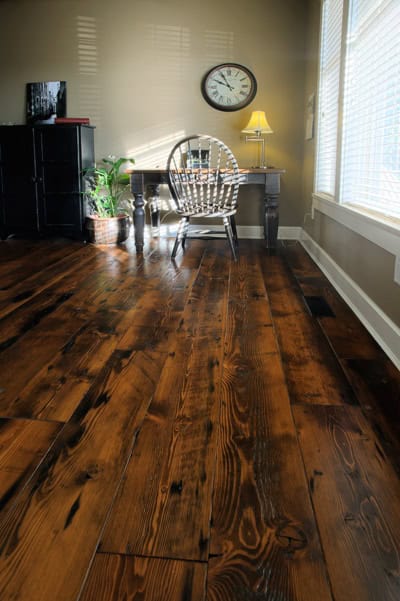

It was generally believed around 5 billion years ago, the Earth collided with a planet the size of Mars. ( November 2021) ( Learn how and when to remove this template message) Unsourced material may be challenged and removed. Please help improve this article by adding citations to reliable sources. This section needs additional citations for verification. The current composition of the atmosphere of the Earth is the product of billions of years of biochemical modification of the paleoatmosphere by living organisms. The layered composition of the atmosphere minimises the harmful effects of sunlight, ultraviolet radiation, the solar wind, and cosmic rays to protect organisms from genetic damage.

Most organisms use oxygen for respiration lightning and bacteria perform nitrogen fixation to produce ammonia that is used to make nucleotides and amino acids plants, algae, and cyanobacteria use carbon dioxide for photosynthesis. The atmosphere of Earth is composed of nitrogen (78%), oxygen (21%), argon (0.9%), carbon dioxide (0.04%) and trace gases. A stellar atmosphere is the outer region of a star, which includes the layers above the opaque photosphere stars of low temperature might have outer atmospheres containing compound molecules. A planet retains an atmosphere when the gravity is great and the temperature of the atmosphere is low. The duo’s work has been exhibited internationally at institutions such as the Royal Academy, Tate Modern, V&A London, Photophore during the Venice Biennale, Today Art Museum, WRO Biennale, HEK Basel, SONAR+D, WIRED Japan and NRW Forum.A diagram of the layers of Earth's atmosphereĪn atmosphere (from Ancient Greek ἀτμός (atmós) 'vapour, steam', and σφαῖρα (sphaîra) 'sphere') is a layer of gas or layers of gases that envelope a planet, and is held in place by the gravity of the planetary body. They use live data inputs in order to make the invisible visible and give our environment a voice to express itself. They have created ground-breaking artworks using immersive technologies such as AR and XR. Studio Above&Below is a London based art and technology practice founded by Daria Jelonek (GER) and Perry-James Sugden (UK) after graduating from the Royal College of Art. Digital Democracies connects three UK-based commissioning festivals, Frequency International Festival of Digital Culture (Produced by Threshold Studios), Freedom Festival (Produced by Freedom Festival Arts Trust) and Brighton Digital Festival (Directed by Lighthouse) to explore the intersection of technology, art and public space. The development of the work is supported by Digital Democracies, a two-year programme led by Threshold Studios and supported by Arts Council England.

They use speculative storytelling and digital art to highlight the hidden connections between humans, machines and the environment – like air pollution.ĭigital Atmosphere is the result of Studio Above&Below’s latest 12-month research and development commission by Broadway’s Near Now Fellowship programme in Nottingham, UK.
What is digital atmosphere series#
This data is then translated by the artists into an evocative audio-visual simulation, visible only via a VR headset.ĭigital Atmosphere is part of Studio Above&Below’s ongoing series of artworks that use live data, VR and Augmented Reality to create living, breathing and reactive virtual sculptures. It has an Atmo Sensor which picks up the invisible changes in the air quality around it. The sculpture is inspired by investigations into early air pollution devices, from the canary in the mine onwards. At a time when air safety is at the front and centre, this Mixed Reality sculpture uses cutting-edge technology to show us what we’re breathing. The quality of our air is invisible to the naked eye, but not to our lungs. Digital Atmosphere – Studio Above&Below Date: Friday 29 – Saturday 30 October Time: 12-8pm Location: E xchange Square, Cornhill Quarter


 0 kommentar(er)
0 kommentar(er)
